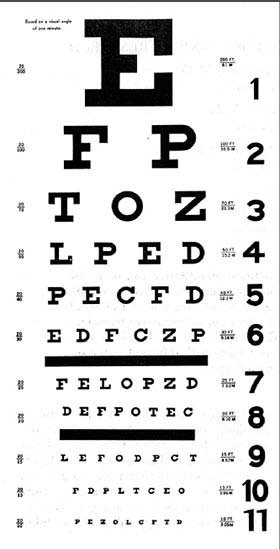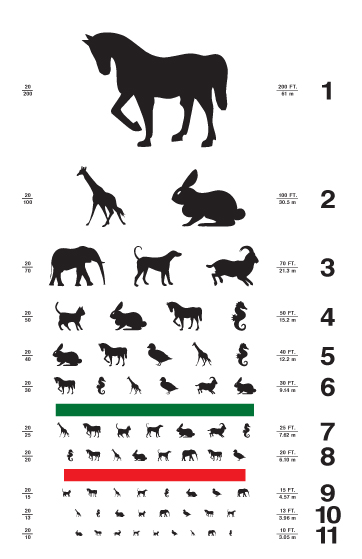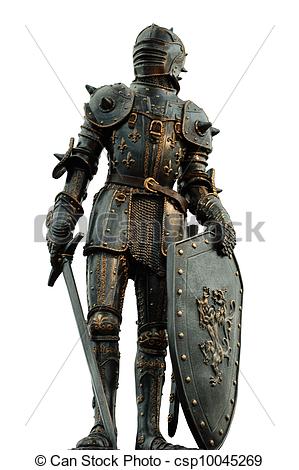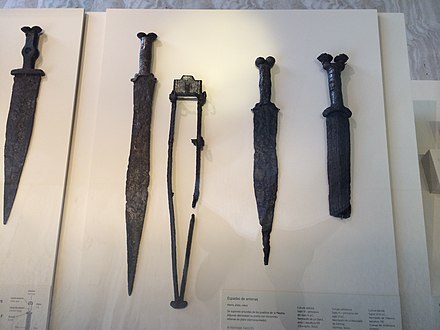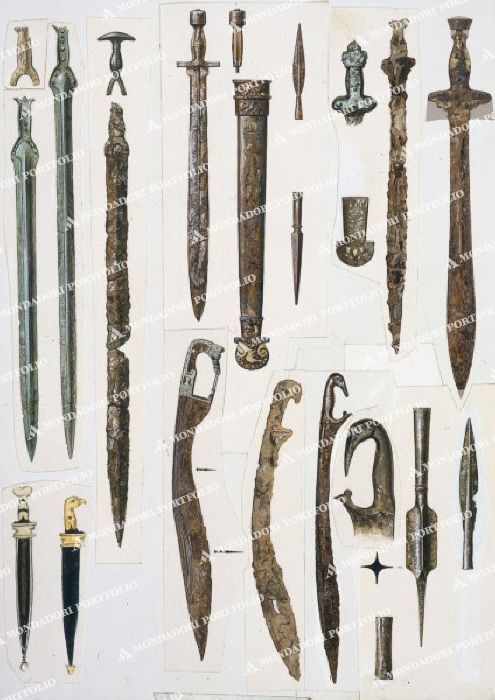Sisy Wong
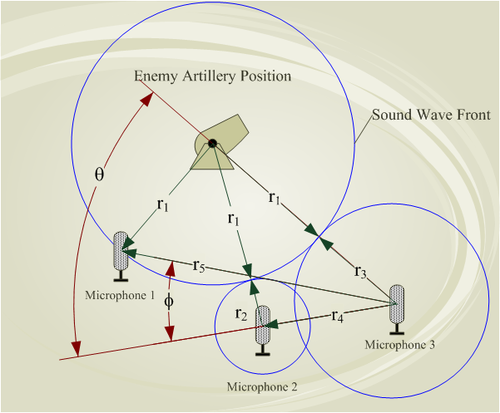
During the beginning of World War I, neither sides have effective methods that can pinpoint the location of the enemy artillery and they have no clue where were the big guns as there were usually placed outside sight. Thus, they created a tactic called Triangulation.
Triangulation is a technique for the soldiers to determine the location of a ship’s or aircraft, and the direction of roads, tunnels, or other structures under construction. It is based on the laws of plane trigonometry, which state that, if one side and two angles of a triangle are known, the other two sides and angles can be readily calculated. One side of the selected triangle is measured; this is the baseline. The two adjacent angles are measured by means of a surveying device known as a theodolite, and the entire triangle is established. By constructing a series of such triangles, each adjacent to at least one other triangle, values can be obtained for distances and angles not otherwise measurable. This triangulation method has been used by the ancient Egyptians, Greeks, and other peoples in the early centuries.
This new triangulation method was conceived by the Danish astronomer Tycho Brahe before the end of the 16th century but was actually created by a contemporary Dutch mathematician called Willebrord van Roijen Snell as a science.
In 1669, a French astronomer called Jean Picard. He first used a telescope in determining the latitude and in measuring angles in triangulation that consisted of 13 triangles and extended from Paris 1.2° northward. His observations and results were very important as his length of the arc on a perfect circle corresponding to 1° were used by the English physicist and mathematician Sir Isaac Newton in his theoretical calculations to prove that the attraction of Earth is the principal force governing the motion of the Moon in its orbit.
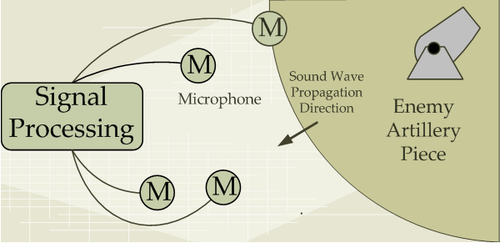
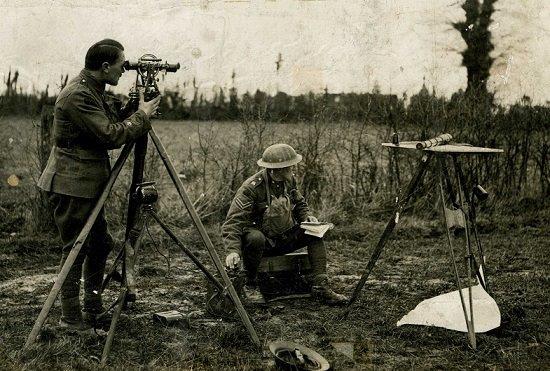
Sources: https://www.abc.net.au/science/articles/2015/03/03/4183839.htm, https://www.britannica.com/science/triangulation-trigonometry



